Are you looking to capture the breathtaking beauty of snow through your lens? dfphoto.net offers expert tips and techniques that will transform your winter photography from ordinary to extraordinary, enhancing your visual storytelling. This guide provides insights into camera settings, gear selection, and creative approaches for capturing stunning winter scenes.
1. Get Ready Before Heading Out
Before capturing the winter landscape, it’s crucial to prepare. Dress warmly in layers, wear waterproof shoes, gloves, and a hat to protect yourself from the cold. Don’t forget to protect your eyes with sunglasses to prevent snow blindness, as snow reflects light effectively. Always carry extra batteries, storing them close to your body to keep them warm and prevent quick discharge.
 Winter photography preparation including warm clothing, gloves, and sunglasses
Winter photography preparation including warm clothing, gloves, and sunglasses
2. Master Focusing Techniques in Snowy Conditions
Does your camera struggle to focus in snowy environments?
Snowy conditions can challenge your camera’s autofocus due to the lack of contrast. To combat this, switch to single-point AF mode and focus on high-contrast areas such as tree bark or vegetation. If autofocus continues to fail, switch to manual focus and use Live View mode to carefully adjust sharpness.
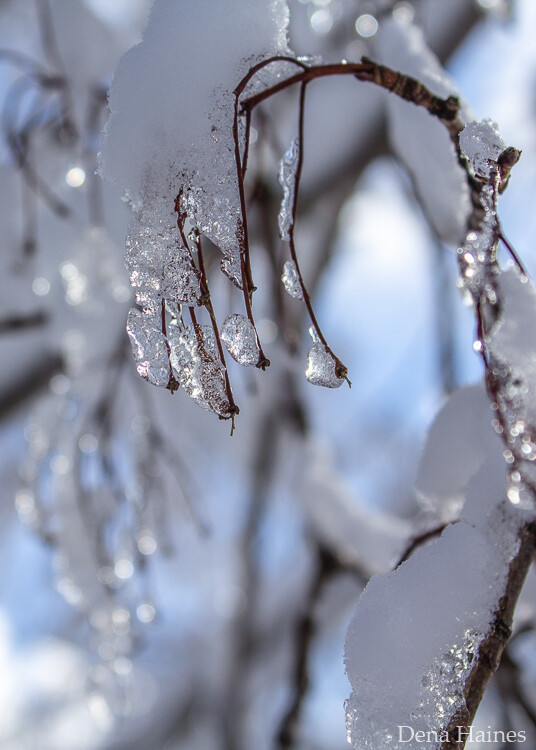 Demonstration of focusing on a high-contrast area in a snowy scene
Demonstration of focusing on a high-contrast area in a snowy scene
3. Select the Optimal Camera Settings for Snow Photography
What are the best camera settings for photographing snow?
The best settings for photographing snow include shooting in RAW format, using Evaluative or Matrix metering, and Aperture Priority mode. Set your ISO to its base level (e.g., ISO 100) and adjust your aperture based on your artistic vision. Additionally, use exposure compensation to prevent the snow from appearing gray.
Shooting in RAW provides more flexibility during editing, allowing you to recover details in shadows and highlights. Evaluative metering analyzes the entire scene, while Aperture Priority mode balances aperture and ISO. A wide aperture (e.g., f/2.8) creates a shallow depth of field, while a narrow aperture (e.g., f/11) keeps most of the scene in focus. According to experts at the Santa Fe University of Art and Design’s Photography Department, using the right metering mode is crucial for capturing accurate snow tones. Adjusting white balance is also essential to avoid yellow or blue tints in your snow photos, allowing for creative color casts.
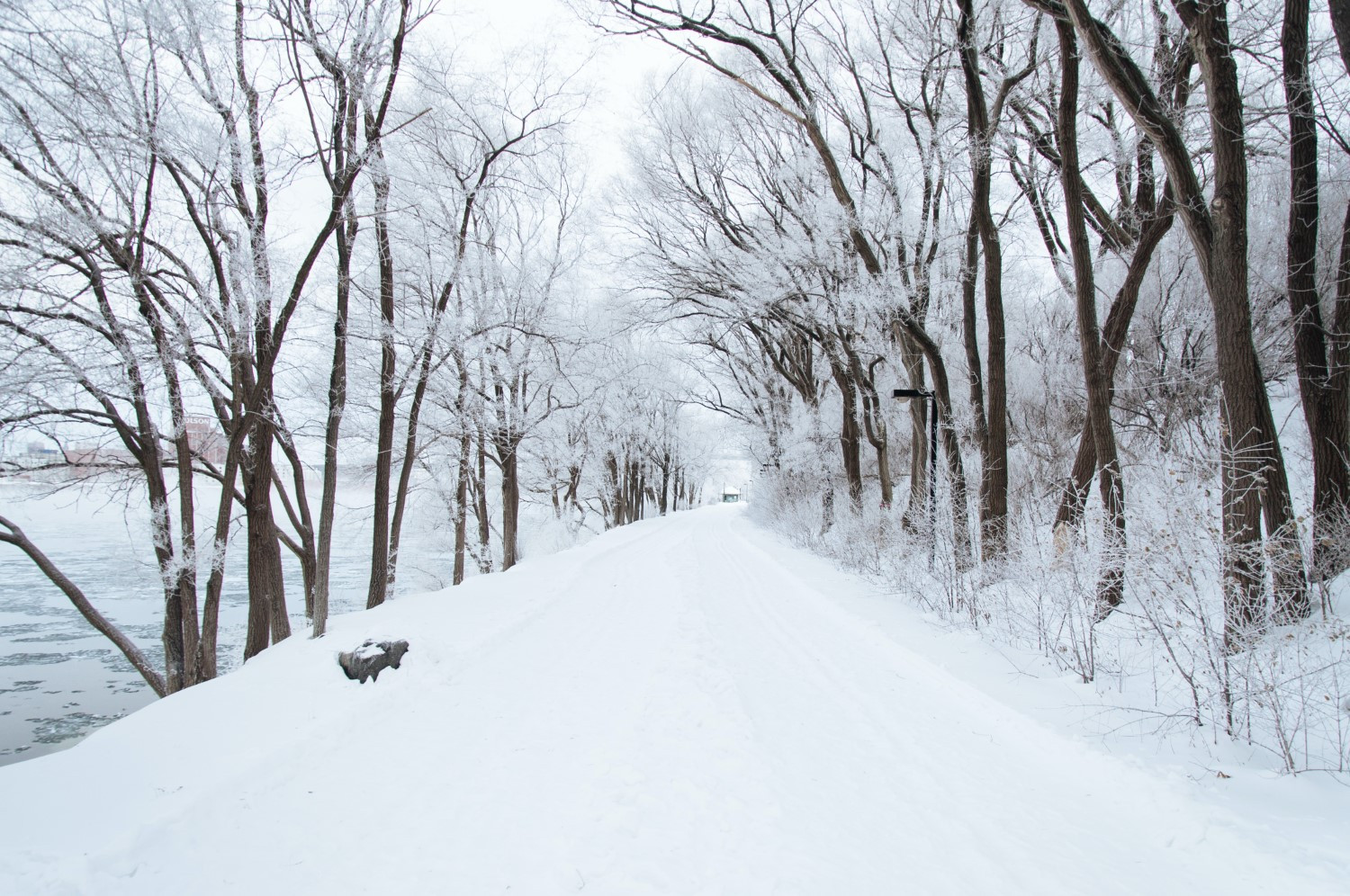 Example of camera settings suitable for snow photography, including ISO, aperture, and shutter speed
Example of camera settings suitable for snow photography, including ISO, aperture, and shutter speed
4. Choose the Right Gear for Snow Photography
What essential gear do you need for snow photography?
Essential gear for snow photography includes a camera with a large sensor and high ISO capabilities, a weather-sealed lens, and a sturdy tripod. Full-frame mirrorless cameras like the Canon EOS R5 or Sony a7 IV are excellent choices, as are APS-C mirrorless models like the Nikon Z50 or Canon EOS R10. A versatile lens such as a 50mm prime or a 24-70mm zoom is also recommended.
A larger sensor and strong high-ISO performance are vital for capturing sharp handheld shots in low light. Weather-sealed lenses protect against moisture and snow, and a tripod ensures stability in overcast conditions.
5. Capture Fresh Snow for Pristine Images
How can you capture the best shots of fresh snowfall?
Capture snow immediately after a fresh snowfall for a pristine look. Plan your shots carefully to avoid footprints and aim to shoot early before the snow is disturbed. If you can’t get out immediately, focus on undisturbed areas like forests or fields.
Capturing fresh snow creates a magical feel, free from distractions. Planning and timing are essential to preserve the untouched beauty of the snow, enhancing the overall impact of your photographs.
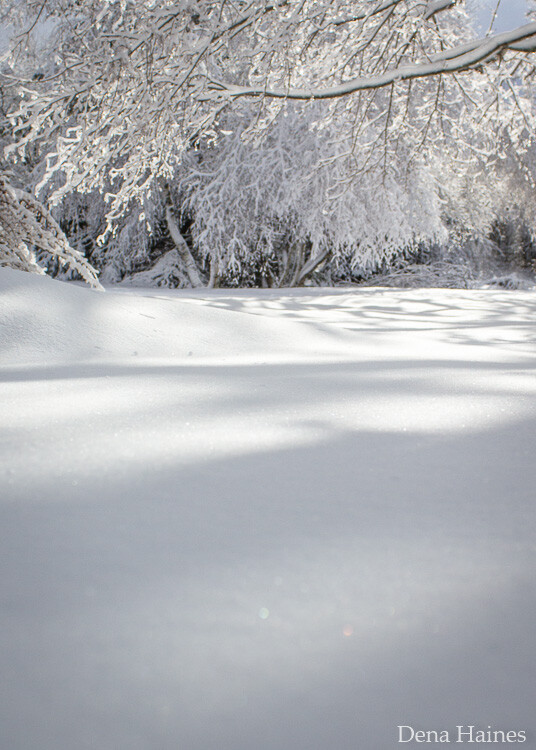 Image of trees covered in fresh, untouched snow
Image of trees covered in fresh, untouched snow
6. Use Color and Tonal Contrast
How does contrast enhance snow photography?
Contrast, whether color or tonal, significantly enhances snow photos. In a white world, look for colorful elements or shoot during sunset to capture warm and cool tones. Tonal contrast can be achieved by capturing the whites of the snow mixed with dark elements like shadows.
According to Popular Photography magazine, “Contrast is key to creating visually compelling images in snowy landscapes.” Moving water can also add contrast by juxtaposing its motion against the stillness of the snow.
 Photo using color contrast in a snowy landscape
Photo using color contrast in a snowy landscape
7. Keep Your Batteries Warm
How can you prolong battery life in cold conditions?
To prolong battery life in cold conditions, carry at least two batteries and keep one in an inside pocket. Replace batteries frequently with warm ones and store drained batteries in a warm pocket; they may regain some charge as they warm up.
Cold weather drains camera batteries quickly, so keeping them warm is essential for continuous shooting. Consider using third-party batteries for cost-effectiveness.
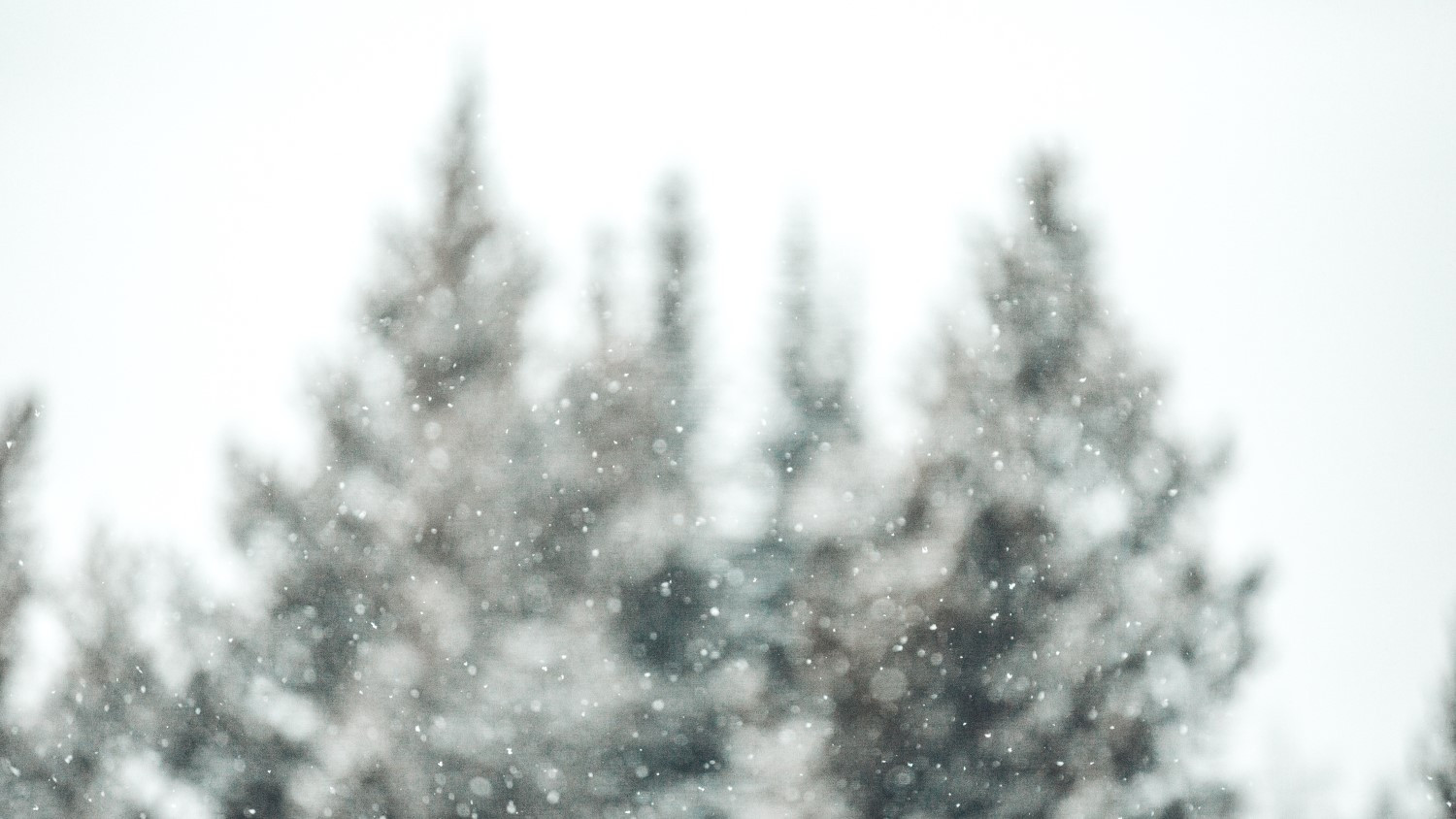 Photographer holding a camera with extra batteries in a pocket
Photographer holding a camera with extra batteries in a pocket
8. Protect Your Camera from Condensation
What’s the best way to protect your camera from condensation?
When bringing a cold camera into a warm environment, place it in a ziplock bag filled with cold air and seal it tightly. Allow the camera to warm up slowly inside the bag before removing it to prevent condensation.
Condensation can damage camera internals and lead to mold. This simple method prevents moisture from forming on the lens and inside the camera.
9. Adapt to Any Lighting Conditions
How can you take great photos in various lighting conditions?
Adapt to various lighting conditions by understanding how snow interacts with light. In cloudy weather, focus on elements that break up the white snow, such as trees or ice patterns. In sunny weather, capture shadows or convert your shots to black and white. Shoot during the early morning or evening to capture warm light on the snow.
Learning to work with different lighting conditions allows you to capture the full beauty of snowy landscapes. A wide-angle lens can convey the expanse of the landscape, while blue-hour photography requires a tripod and careful planning.
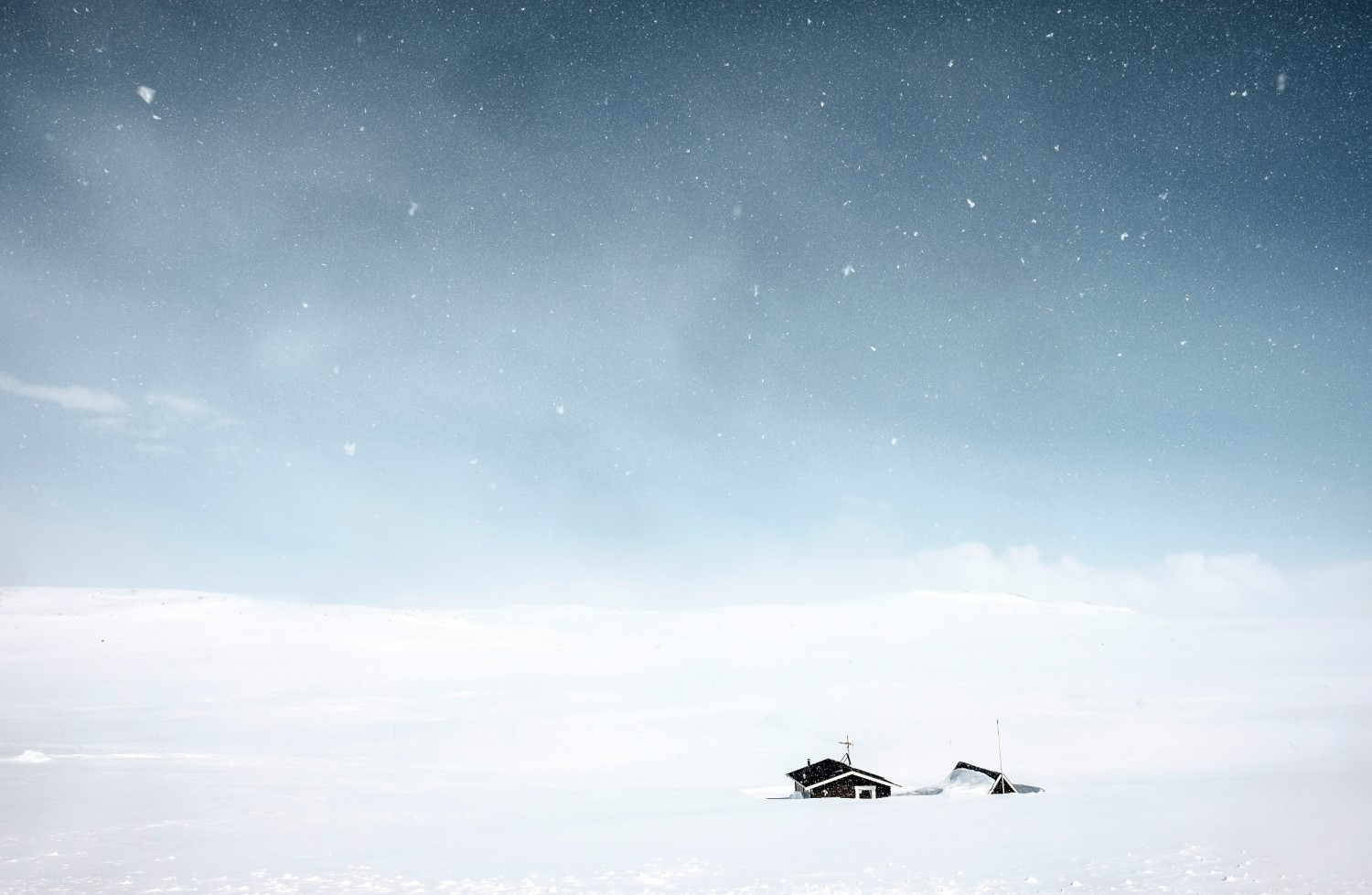 Snowy landscape in various lighting conditions, including sunny and cloudy weather
Snowy landscape in various lighting conditions, including sunny and cloudy weather
10. Capture Snow at Night for a Dramatic Effect
How can you create a menacing look in snow photography?
Capture snow at night to create a dramatic effect by emphasizing the contrast between the white snow and the dark surroundings. This can transform tree branches into striking shapes, offering a unique and different quality to your images.
The low light levels accentuate the stark contrast, resulting in visually compelling and eerie scenes. This technique diverges from traditional portrayals of snow as peaceful and serene.
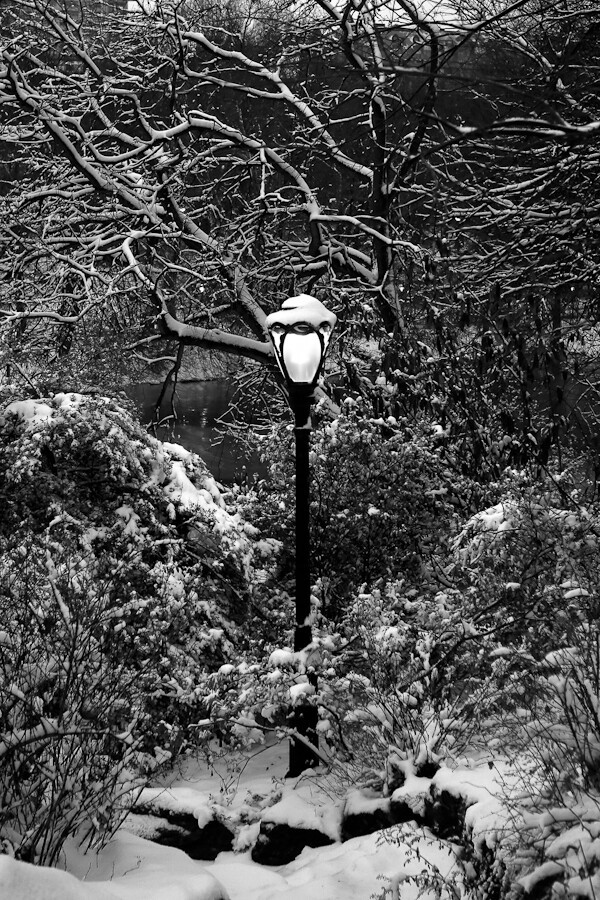 Image of a lamppost in Central Park at dusk during a snowstorm
Image of a lamppost in Central Park at dusk during a snowstorm
11. Photograph Falling Snow
What are some tips for photographing falling snow?
Photograph falling snow by using fast shutter speeds to freeze the snowflakes and protect your camera with a rain cover or umbrella. Wipe stray flakes off your camera and lens, and use a rocket blower to remove snow from the front lens element.
According to James Maher, a renowned photographer, “Snowy days often provide amazing opportunities for unique and compelling images.” Capturing birds huddled in trees, snow-covered plants, or cityscapes with blowing snow can result in striking photographs.
12. Experiment with Different Approaches
How can you add creativity to your snow photography?
Add creativity to your snow photography by experimenting with different approaches, such as using snow to create negative space or capturing close-ups of intricate details. Go beyond the obvious to find hidden treasures in the winter landscape, and explore various perspectives and compositions.
 Image using negative space in a snowy landscape
Image using negative space in a snowy landscape
13. Act Fast to Capture Fleeting Moments
Why is timing crucial in snow photography?
Timing is crucial in snow photography because snow conditions change rapidly. Monitor the weather, have your gear ready, and capture beautiful opportunities as soon as they arise.
Snow can stop falling suddenly, and sunlight can melt snow quickly, so it’s essential to be prepared and act fast. Capturing fleeting moments ensures you don’t miss out on stunning photo opportunities.
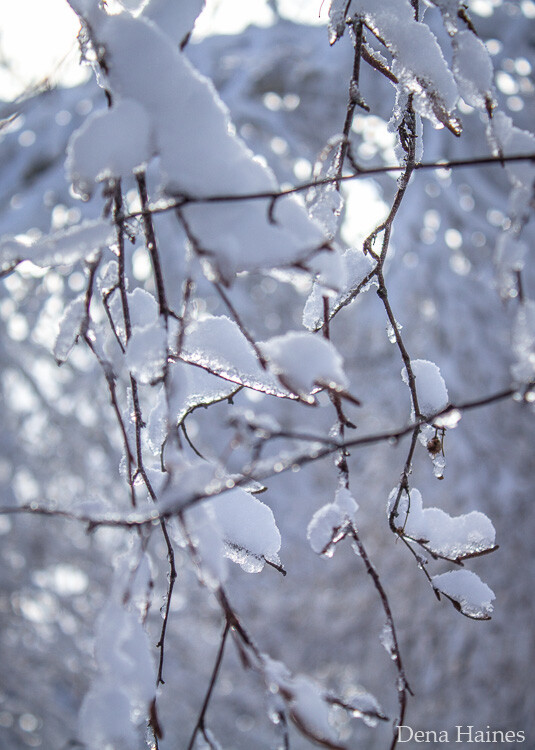 Abstract snow photography of ice and branches
Abstract snow photography of ice and branches
14. Use HDR Processing for Black and White Photos
How can HDR enhance black and white snow photos?
Use HDR processing for black and white snow photos to add texture and depth without unrealistic colors. HDR can enhance the textural quality of snow scenes, especially when the lighting lacks texture.
HDR processing can be particularly effective for scenes with bright whites and deep shadows. Software like Photomatix can help create stunning results.
15. Practice Patience
Why is patience important in snow photography?
Patience is crucial in snow photography because the appearance of snow changes with the light. Wait for the right conditions, such as specific cloud cover or sun position, to capture the look you desire.
Depending on the light, snow can look sparkly, ethereal, or flat. Waiting for the right light can transform an ordinary scene into something extraordinary.
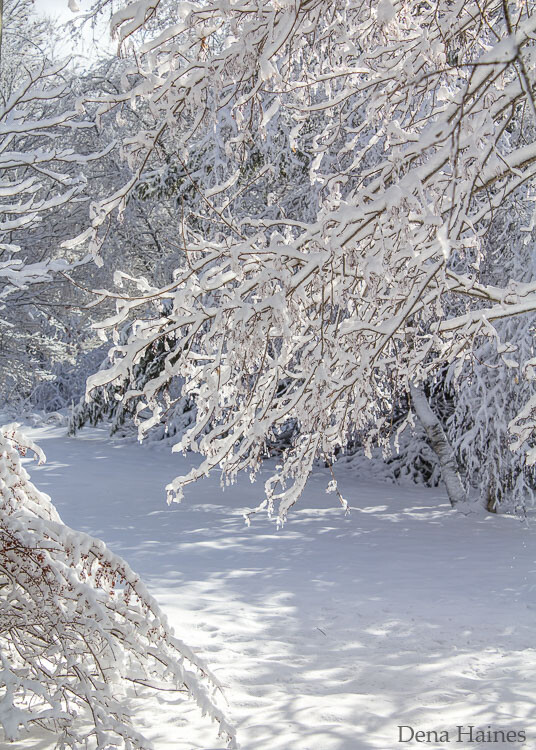 Snow scene with beautiful light
Snow scene with beautiful light
16. Play with Perspective
How does perspective affect snow photography?
Perspective is an essential element of snow photography. Get down low to shoot upwards or find a high point to shoot downwards, showcasing how snow blankets the ground.
Experimenting with different angles and positions can dramatically improve your compositions.
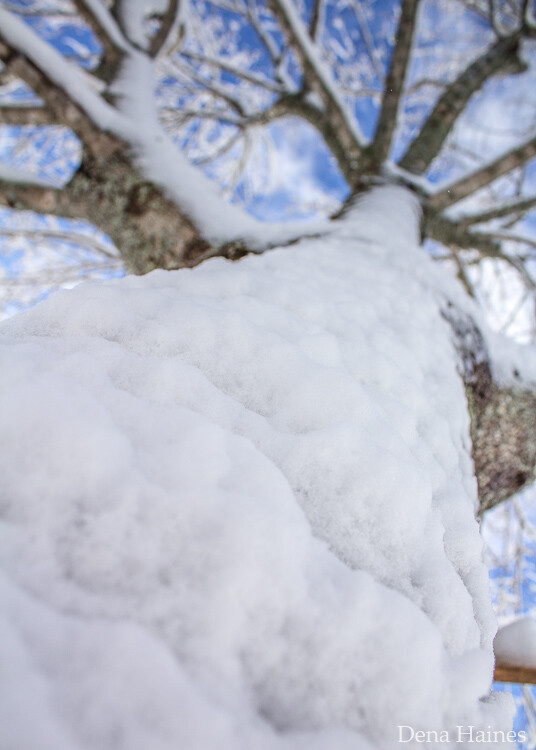 Photographing snow upwards towards a tree
Photographing snow upwards towards a tree
17. Capture Sparkly Bokeh
How can you create bokeh in snowy conditions?
Create bokeh in snowy conditions by looking for subjects with bright or shiny backgrounds. Use a wide-open aperture (e.g., f/2.8 or f/4) and ensure distance between your subject and the background elements.
Pinpricks of light reflecting off snow or ice create outstanding bokeh effects when rendered out of focus. Getting close to your subject with a close-focusing lens will yield the best results.
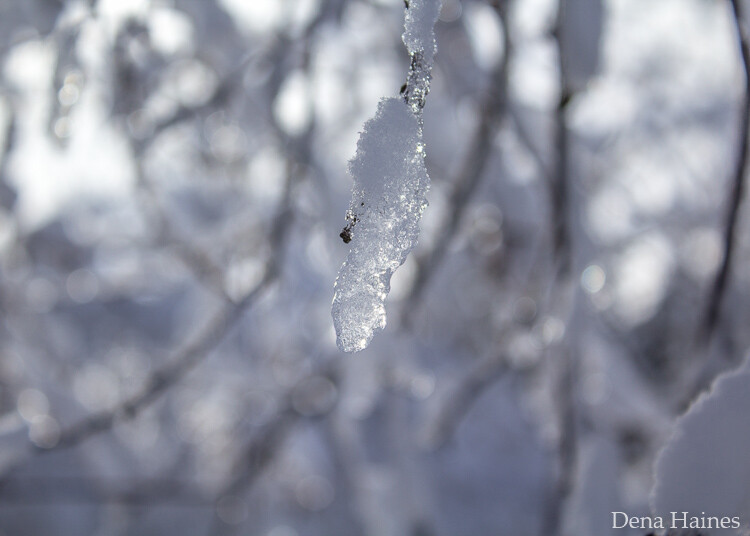 Ice on a branch with bokeh in the background
Ice on a branch with bokeh in the background
18. Use a Reverse (White) Vignette
How can vignettes enhance snow photography?
Use a white vignette in snow photography to enhance the middle-of-the-storm effect and keep the eyes focused on the center of the image. Unlike traditional dark vignettes, white vignettes add a magical quality to snow photos without looking out of place.
Adobe Lightroom is a useful tool for adding white vignettes to your images.
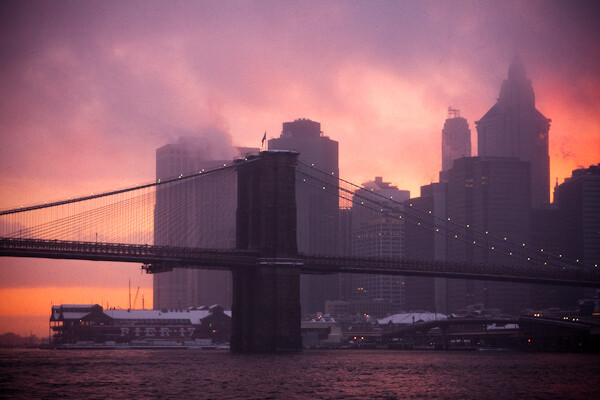 Image of the Brooklyn Bridge at sunset during a snowstorm with a white vignette
Image of the Brooklyn Bridge at sunset during a snowstorm with a white vignette
19. Enhance Color and Contrast in Post-Processing
How can you improve snow photos through post-processing?
Improve snow photos through post-processing by increasing contrast and saturation to enhance the painterly texture of snowstorm scenes. Over-saturating can be effective for snowstorm scenes, transforming gray and dull images into vibrant and compelling photographs.
Enhanced color, added contrast, and a white vignette can significantly transform a snow scene.
FAQ: Snow Photography
1. What is the best time of day to photograph snow?
The best times to photograph snow are early morning and late afternoon for soft, warm light, or immediately after a fresh snowfall for pristine scenes.
2. How do I prevent my snow photos from looking gray?
Use positive exposure compensation (adjusting the exposure +1 or +2 stops) to ensure the snow appears bright white rather than gray.
3. What white balance setting should I use for snow photography?
Use Auto White Balance (AWB) and adjust in post-processing, or use a gray card to set a custom white balance for accurate colors.
4. How can I protect my camera in snowy conditions?
Use a weather-sealed camera and lens, carry a rain cover, wipe off snow regularly, and store the camera in a ziplock bag when moving from cold to warm environments.
5. What lens should I use for snow photography?
A versatile lens like a 24-70mm zoom or a 50mm prime is ideal, but consider a wide-angle lens for landscapes or a telephoto lens for wildlife.
6. How do I focus in snowy conditions?
Use single-point AF mode and focus on high-contrast areas, or switch to manual focus and use Live View mode for precise sharpness.
7. What are the best camera modes for snow photography?
Aperture Priority mode (Av or A) allows you to control aperture and ISO while the camera adjusts shutter speed for proper exposure.
8. How can I capture falling snow in my photos?
Use a fast shutter speed to freeze the snowflakes and capture them as distinct elements in the scene.
9. How do I keep my camera batteries from dying in the cold?
Keep spare batteries in an inside pocket close to your body to keep them warm, and replace them frequently.
10. How can I add interest to my snow photos when the sky is overcast?
Focus on elements that break up the white snow, such as trees, ice patterns, or intricate landscapes.
Elevate Your Photography with dfphoto.net
At dfphoto.net, we’re passionate about helping you capture the beauty of the world through your lens. Whether you’re a beginner or a seasoned pro, our resources offer something for everyone. Explore detailed tutorials on advanced techniques like HDR processing, learn how to master composition, and stay updated on the latest gear and trends. Our vibrant community is a great place to share your work, get feedback, and find inspiration.
Ready to take your snow photography to the next level?
Visit dfphoto.net to explore our rich collection of tutorials, stunning images, and connect with a passionate community of photographers in the USA. Let’s capture the magic of winter together!
Address: 1600 St Michael’s Dr, Santa Fe, NM 87505, United States.
Phone: +1 (505) 471-6001
Website: dfphoto.net
Explore dfphoto.net today and transform your passion into stunning visual stories. Your next great photograph awaits!